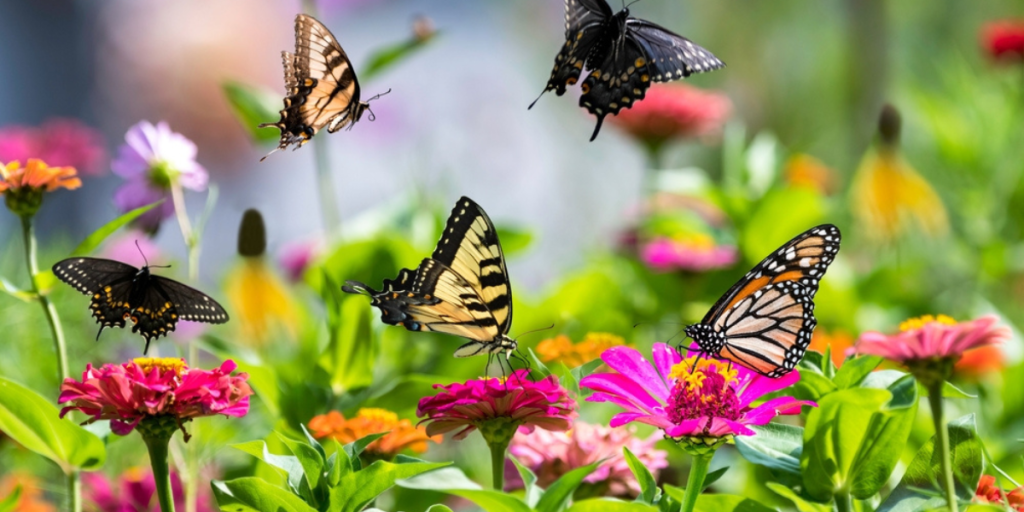A collective of leading UK wildlife photographers has released a book showcasing vanishing habitats, the BBC reports. The project highlights rapid declines in species from owls to dragonflies, warning that development, harsh winters and climate change are accelerating the disappearance of Britain’s natural world.
Others are reading now
A group of leading wildlife photographers has launched a visual call to action, using powerful images to draw attention to the rapid loss of natural habitats across the UK. Their new book aims to show the public what is disappearing before it is too late.
Mounting concern
According to the BBC, the project is led by Lancashire-based photographer Irene Amiet, who created Wilder Britain as a “manifesto to what is at stake”. She said: “We can only feel nature’s losses if we know what we stand to lose.”
Photographers, she added, see the changes most clearly because they “continuously observe the changes in our local landscapes and how wildlife numbers keep diminishing”.
Amiet has been documenting owls in the Ribble Valley, where numbers “decreased rapidly” after last winter’s severe weather. “You can’t take anything for granted,” she told the BBC, warning that wildlife populations can collapse far quicker than the public realises.
More than 60 photographers donated images for the book, with proceeds going to Rewilding Britain.
Also read
Disappearing landscapes
Contributors from across the UK described similar patterns. Worcestershire photographer Sarah Drury told the BBC that habitat loss driven by expanding towns and construction removes
“irreplaceable biodiversity and a little of our shared natural world” with every acre lost. Even so, she said local conservation and community action still offer hope.
Among her images is an Exmoor pony photographed on Somerset moorland, one of many species threatened as landscapes shrink.
Scottish photographer Mark Kirkland captured a frog gliding through a Glasgow pond, framed by urban high-rise lights — a reminder of the thin boundary between wildlife and development. Rob Read, based in Hampshire, photographed a great tit lit by droplets from his garden sprinkler.
Species in decline
Staffordshire photographer Andrew Mason blamed disappearing hedgerows for diminishing winter food supplies for birds,
Also read
calling the situation “really quite upsetting”. While some conservation work is under way, he warned that much more effort is needed “if we stand a chance of saving what we’ve got left”.
Other photographers highlighted species under severe pressure. Mason’s region is also home to the adder, Britain’s only venomous snake, captured by Mike Phelps on a quiet March morning. Meanwhile,
Shropshire photographer Andrew Fusek Peters said black darter dragonflies have suffered a “precipitous decline” as climate change dries the shallow bog pools they rely on. Yet he remains hopeful,
A collective warning
Together, the images form a plea to protect what remains of the UK’s natural world — and a reminder that the losses are unfolding quietly, species by species, landscape by landscape.
Sources: BBC


